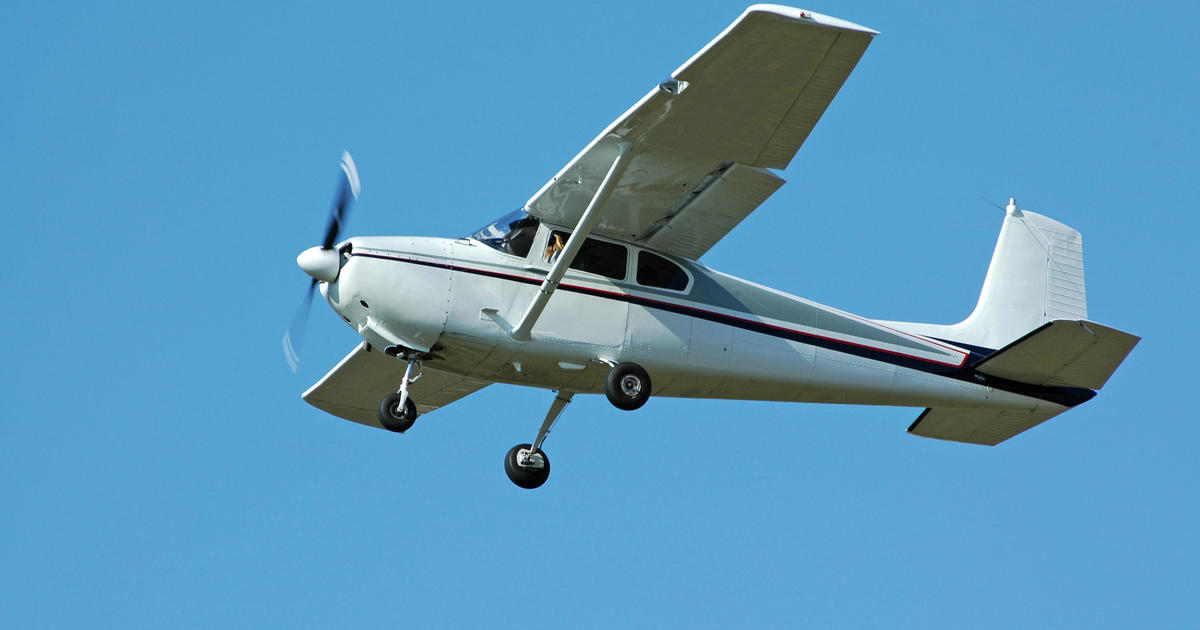The Federal Aviation Administration (FAA) is investigating a near miss between an American Airlines Boeing 737 and a Cessna 182 over Austin, Texas on Wednesday morning. This incident highlights a concerning trend of near misses in US airspace, and raises questions about the effectiveness of existing safety protocols and training.
Close Call Over Austin
Two planes come within 350 feet of each other
On Wednesday morning, American Airlines flight 2587, carrying 122 passengers and 6 crew members, was approaching Austin-Bergstrom International Airport (AUS) from Chicago. The aircraft was at approximately 350 feet above a Cessna 182 when their flight paths intersected. According to Flightradar24.com data, the planes were separated horizontally by less than 800 feet.
The pilots of the American Airlines flight received a “Resolution Advisory” (RA) from their Traffic Collision Avoidance System (TCAS), warning them of the approaching Cessna. This TCAS advisory prompted the American Airlines pilots to initiate evasive maneuvers. The pilots reported seeing the Cessna flash them before flying towards them, prompting the RA signal.
The FAA reports that the Cessna “unexpectedly entered the flight path of American Airlines Flight 2587,” potentially leading to a more serious incident.
Pilot Reactions and Near Miss Sequence
Pilots from the American Airlines flight reported being concerned by the sudden and unexpected appearance of the Cessna, and acted decisively to avoid a collision. Following the RA, they initiated a course correction which inadvertently put them in proximity to a third aircraft, a private jet. This near miss triggered urgent directives from air traffic control to change course.
Thankfully, both planes eventually landed safely, a testament to the skills and swift response of the pilots involved. This incident, however, serves as a stark reminder of the vulnerability of air travel to unexpected situations and the importance of consistent vigilance and proactive safety protocols.
The Continuing Threat of Runway Incursions
The Austin near miss comes on the heels of another potentially hazardous event in San Diego where air traffic controllers cleared a Southwest Airlines flight to cross a runway occupied by another Southwest Airlines plane, nearly setting them on a collision course.
FAA Takes Action
The FAA has announced an audit of runway incursion risk at the nation’s 45 busiest airports, including a risk profile assessment for each airport. The audit aims to identify any gaps in procedures, equipment, and process. It is a proactive step to address the ongoing problem of runway incursions, which can occur due to various factors including pilot error, communication failures, and unclear markings or signals on the airfield.
The audit recognizes the importance of a systemic approach to reducing runway incursions, as even a single incident poses a significant risk to air safety.
Lessons From Past Close Calls
The near miss involving the American Airlines 737 and the Cessna 182 mirrors a similar event that occurred in Austin last February, which involved a FedEx 767 and a Southwest Airlines 737.
Incident Investigation Highlights Human Error
In that incident, the FedEx aircraft was cleared to land on a runway while a Southwest Airlines flight was still on the runway. The two aircraft came within 150-170 feet of each other before the FedEx co-pilot spotted the other plane.
A National Transportation Safety Board (NTSB) investigation found the likely cause of this near-collision was the controller’s incorrect assumption that the Southwest Airlines aircraft would depart from the runway before the FedEx plane landed. This error emphasizes the critical role of clear communication, vigilance, and accurate decision-making on the part of air traffic controllers.
Take Away Points
These incidents highlight the ever-present danger of air traffic near misses and the crucial need to prevent such events from happening. While technological advances like TCAS play a vital role, these systems are ultimately reliant on human operators for decision-making. A robust system of safety measures is essential, encompassing:
- Improved Communication: Effective and timely communication between pilots and air traffic control is fundamental to preventing accidents.
- Enhanced Training: Rigorous training programs for pilots and controllers are essential to promote proper procedures and minimize potential human error.
- Comprehensive System Audits: Regular audits and analysis of airport operations, including procedures, equipment, and processes, help to identify and address potential vulnerabilities.
By prioritizing these essential measures, we can significantly reduce the risks associated with runway incursions and other close call incidents, contributing to a safer and more reliable air travel experience.




